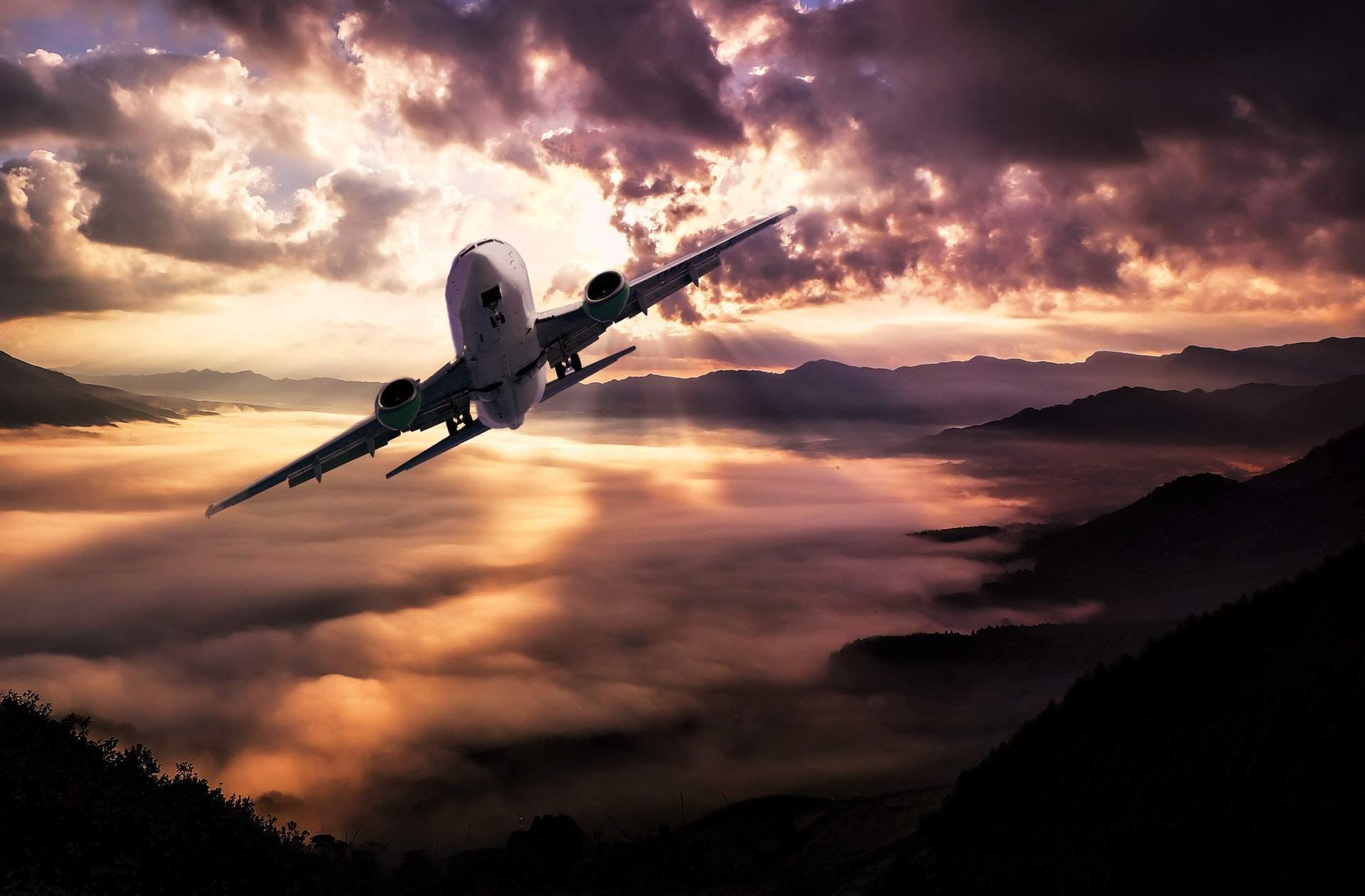
As nice as it is to get away, travelling often leaves us questioning whether it’s really worth the hassle.
A recent survey found that 92 percent of travellers are unhappy with the current experience that air travel provides.
Lengthy journeys, safety concerns, disgusting food and having to endure the company of others are just some of the things that turn us off of taking to the skies.
And yet we continue to do so, with the airline industry racking in more than $700bn worldwide each year.
Thankfully, as technology advances, our plight might soon be over.
Hoping to eat into those airline profits, these are the companies attempting to innovate air travel:
How well do you really know your competitors?
Access the most comprehensive Company Profiles on the market, powered by GlobalData. Save hours of research. Gain competitive edge.

Thank you!
Your download email will arrive shortly
Not ready to buy yet? Download a free sample
We are confident about the unique quality of our Company Profiles. However, we want you to make the most beneficial decision for your business, so we offer a free sample that you can download by submitting the below form
By GlobalDataSpeed
Cutting down travel times would solve many of the problems that come with air travel. It’s far easier to endure a crying baby for 30 minutes than it is for eight hours.
Speed has long been the focus of travel innovation.
British-French company Concorde had some luck. Their supersonic jet was able to carry 128 passengers between London and New York in approximately an hour.
However, travelling at over two times the speed of sound came with criticism.
Most notably, Concorde planes frequently exceeded noise restrictions, much to the annoyance of home owners living in its flight path. Concorde was eventually banned from flying over mainland United States as sonic booms caused damage to buildings and frightened livestock.
This led to money problems and eventually forced Concorde out of the skies. However, supersonic flight could make a comeback soon.
Nasa are currently working on a project dubbed “Concorde 2”. While less impressive than the original jet, Nasa’s QueSST plane would cut journey times in half.

Startup Boom, which has been backed by Virgin founder Richard Branson, is aiming to deliver a similar aircraft by 2023.
However, Elon Musk’s SpaceX has far bigger plans.
Aside from building a base on the moon and colonising Mars by 2024, Musk also revealed that he intends to use the company’s interplanetary rocket system to move travellers between cities.
According to the Tesla founder, SpaceX rockets would allow passengers to go “anywhere on Earth in under an hour”. That might be a little too ambitious, but it would drastically reduce flight time.
If successful, these rockets could hurtle around Earth at 7,000mph, making air travel faster than the average train journey.
SpaceX city-to-city flight time
London to New York: 29 minutes
New York to Sydney: 85 minutes
London to Sydney: 90 minutes
New York to Los Angeles: 21 minutes
London to Paris: 2 minutes
New York to Beijing: 59 minutes
London to Dubai: 29 minutes
Los Angeles to Seoul: 51 minutes
London to Hong Kong: 51 minutes
London to Singapore: 58 minutes
Environment
Of course, many of these supersonic planes are likely to face the same sort of backlash that Concorde received.
As a result, some have taken a leaf out of the automotive industry’s book and have turned their attention to creating aircrafts that will help to reduce the amount of pollution caused by air travel.
Popular budget flight provider easyJet is currently working with Wright Electric to create battery-powered planes.
The company has already developed a two-seater aircraft and hopes to scale up by putting 220-seater electric passenger planes on the market within 10 to 20 years.
While current battery capabilities wouldn’t be able to fly passengers around the world, EasyJet hopes to cover shorter journeys, such as European routes, using batteries.
Wright Electic hopes to reduce emissions caused by air travel to zero within 20 years.
However, the best part for customers is the reduced costs. With airlines shelling out less on fuel, passengers can expect to see these savings on the price of a seat.
Comfort
Travellers have a lengthy wait before rocket-propelled flights are a thing, but there are a number companies working to improve air travel in the short term.
Airline Lufthansa announced last year that they are working on a flight-safe cooker that will allow flight attendants to cook up anything and everything, from steak to pancakes. This would help to overcome the issue of gross, pre-cooked meals that are currently served up.
Other in-flight issues include passenger space and entertainment. There are a number of companies working to improve these areas.
Armrests are a frequent cause of passenger unrest, but products such as the Paperclip Armrest will soon provide a solution.

This nifty creation transforms one armrest into two. With two tiers, both passengers can rest their arms without skin-on-skin contact. Soarigami offers a similar solution. However, the armrest is divided down the middle, giving users their own space.
Many travellers want to forget that they’re hurtling through the clouds at hundreds of miles per hour. However, in an age where tech dominates, companies such as Technicom Design want to make air travel a little more interesting.
The company recently won the design concept award at the Yacht and Aviation Awards for their windowless airplane.
Their creation IXION, is fitted with floor-to-ceiling screens, which project the plane’s surroundings using cameras fitted to the wings. Alternatively, passengers will be able to use the screens to make video calls and browse images.
Taxis got an upgrade and the car industry is beginning to see change. It’s surely only so long before air travel follows suit.







